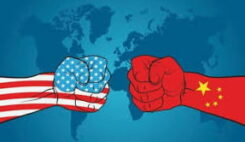Contents
As you may recall, in the first week of February, the newly inaugurated US President Donald Trump brought the issue of trade wars back to the agenda and stated that he would impose additional customs duties on China, Mexico and Canada. He also threatened the European Union regarding the foreign trade surplus and stated that new customs duties were on the way. These statements of the president hit the markets like a bombshell. In this context, everyone remembered the additional tariffs that Trump imposed on China and EU countries during his first term, in 2018.
At that time, the US was accusing China of excessive trade surplus and theft of intellectual property rights. In connection with this, the US imposed many additional taxes on China and EU countries, especially on iron and steel.
On the other hand, according to some, the president made this move to strengthen his hand in bilateral talks. In other words, the US president, who has the trade wars card in negotiations to be held on foreign trade and political issues, will want to get some more concessions from the opposing parties. In line with that he temporary postponement of the taxes hours before they were due to come into effect strengthens this possibility.
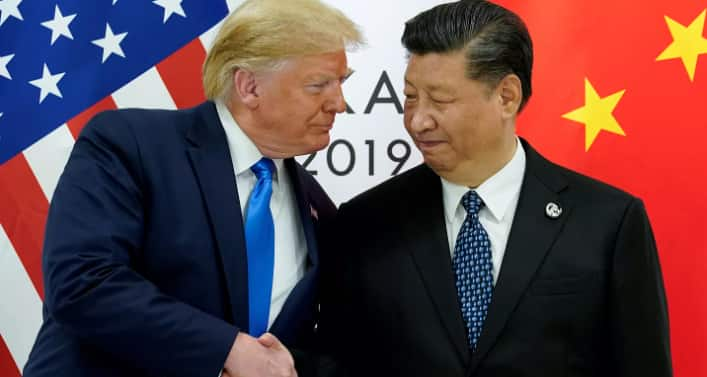
Regardless of who is right, it is clear that everyone, including these two major economies, has been harmed by the broken supply chains after the COVID-19 pandemic and the subsequent global inflation phenomenon. This is why the US, China or EU countries never want such a trade war where everyone will be harmed.
Now let’s analyse the history, causes and possible consequences of trade wars in a way that everyone can understand.
What is the Issue of Trade Wars? History and Background
To begin with, it should first be stated that the roots of this war are very deep, based on China’s economic rise and the US’s efforts to maintain its global leadership. In this context, economic relations between the US and China began in the late 1970s with China’s opening up to the outside world. As it is known, after the 1949 Communist Revolution, this country had closed itself off to the outside world for many years. Thus, diplomatic relations were officially established between the two countries in 1979 and commercial cooperation gained momentum.
Over the years, the communist regime began to take advantage of its cheap labour force and abundance of natural resources. As of the 1990s, China became a global production centre, while its trade volume with the US increased rapidly. However, during this process, the US’s trade deficit with China grew and over time, China was accused of unfair trade practices against American companies.
The People’s Republic of China, which began to transform and develop both economically and socially in the millennium, joined China’s World Trade Organization (WTO) in 2001. This event was a major turning point in the global economy. After this accession, this new member became a giant power in world trade with low labour costs and state-supported production.
Over time, the location of production naturally began to change and American companies made huge profits by reducing costs by producing in China. However, over time, American companies began to argue that China created unfair competition due to its public support and subsidies, intellectual property theft and forced technology transfer policies.
This tension gradually increased and in 2018, the concept of trade wars re-entered our lives by turning into a direct conflict.
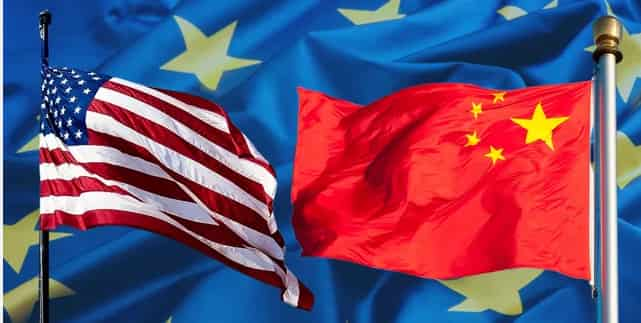
The Smoot-Hawley Tariff and The Great Depression
If you ask what trade wars are, we can say that they are restrictions created by extremely high customs duties and tariffs, import restrictions and other sanctions that have been applied between countries in the past. For example, the Smoot-Hawley tariff applied during the Great Depression in the 1930s is a good example of this from the past. These types of restrictions implemented at that time caused the depression to deepen and spread all over the world. In fact, when we look at it from this perspective, it is a fact that was proven even a hundred years ago that such measures restricting international trade were detrimental to everyone globally.
US-China Trade Wars Era: 2018-2020 Tariffs and Negotiations
Everyone who is in the trade, knows that this phenomenon should be based on the mutual interest and profit of both parties. In other words, it is difficult to maintain a trade where one side constantly wins. In this sense, America has had a large foreign trade deficit due to the mutual trade of the last 20-25 years. In this regard, they are right in their own way. On the other hand, global organizations such as the World Trade Organization also have certain rules that they have set to regulate international trade. It is not right to approach these rules with the attitude of “I am strong, I can do what I want.”
At this stage, we can say that the trade wars between the US and the People’s Republic of China first began when the Donald Trump administration imposed additional customs duties on steel and aluminium imported from China. In March 2018, the American President imposed a 25% customs duty on $50 billion worth of imports from China in response to China’s unfair competition and trade practices.
In response, China immediately imposed import restrictions and taxes on many products imported from the US, including agricultural products, automobiles and chemicals. At this step, let us state that China acted strategically by targeting Trump’s main voter base, American farmers, with the additional taxes it introduced. Thus, the voter pressure on the president would increase over time, and it did.
Over time, these tariffs escalated and turned into a large-scale trade war affecting the global economy and almost all large and medium-sized economies. While the US claimed that China’s state-backed industrial policies were harming American workforce, China accused the US of implementing protectionist policies. Although both countries began negotiations, the trade wars became more intense over time due to disagreements.
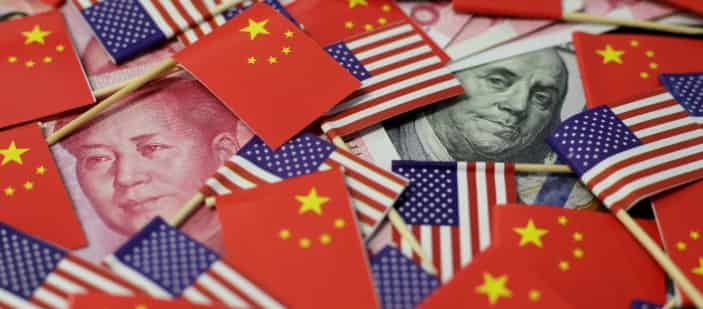
Global Market Impacts and the Huawei Issue
In this context, the American government continued to gradually increase tariffs on China between 2018 and 2020. While the US imposed additional taxes on $500 billion worth of products imported from China, China retaliated against approximately $110 billion worth of American products. On the other hand, as expected, the trade wars were not limited to tariffs.
In other words, while these conflicts continued, technology companies and financial markets were naturally affected. During that period, the giant technology company Huawei was subjected to pressure by the American government and was subjected to a major blow by being removed from the IOS and Google applications. In the meantime, we would like to remind you that Huawei heir Meng Wanzhou was detained in Canada at that time.
In order to reach a solution to this issue, bilateral talks began between the relevant countries. Although negotiations made progress several times, the parties had difficulty reaching an agreement. Because the US wanted China to stop making forced technology transfers from its own companies and to show more respect for intellectual property rights.
These demands contained an accusatory attitude in themselves. Naturally, Chinese government found the US sanctions unfair. In the process, the economies of both countries were damaged and global growth slowed.
Biden Term and Political and Strategic Implications
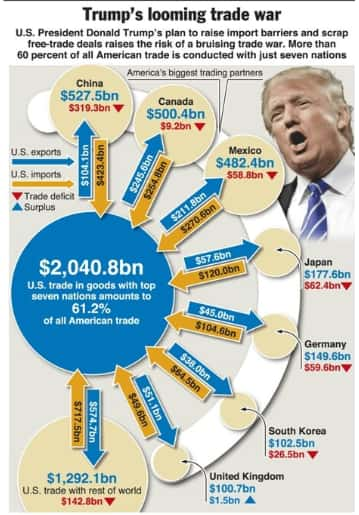
At that time, before this issue was fully resolved, the world entered a pandemic spiral. At this point, in January 2020, the US and China signed a trade agreement or agreement called Phase 1. Under this agreement, China committed to buying more agricultural, energy and manufacturing products from the US. In return, the US reduced some tariffs but left most of them in effect.
The onset of the COVID-19 pandemic at that time further increased the effects of the trade wars issue. While global supply chains were disrupted due to the pandemic, trust between the US and China was further shaken. The Trump administration took additional measures, claiming that the pandemic had spread from China, and economic relations between the two countries became even more complicated. The taxes and restrictions continued during the Biden term that came to office afterwards.
Finally, the global effects of trade wars can be listed as follows:
- The phenomenon of disruption of global supply chains.
- High-Tech transfer conflicts and the global chip crisis.
- Effects on the US and Chinese economies: Unemployment and growth problems.
- The emergence of alternative markets and markets and new economic alliances.
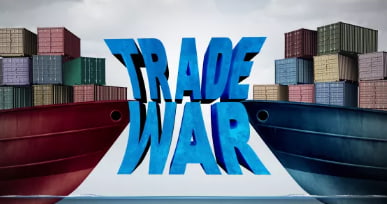
Trade Wars 2.0: What Will 2025 Bring?
As a result, everyone accepts that the US-China trade wars have affected not only these two countries, but also the entire world and the global economy. Because of these financial conflicts, global supply chains have been disrupted, production costs have increased, and many multinational companies have sought alternative production centres. The difficulties experienced especially in the chip and semiconductor sectors have disrupted global electronics production. Let’s remember that even car production stopped for a while. After all, chips are used in almost every item or vehicle today.
In addition, countries such as Vietnam, India, and Mexico have tried to take advantage of the trade wars by withdrawing their production facilities to their own territories. However, in the long term, there is a general consensus that trade wars harm the global economy and increase uncertainty. As a result, the struggle between the world’s largest economies negatively affects other economies in the long term, if not in the short term.
In light of all this information, even if the additional customs duty decisions that Trump signed at the beginning of February 2025 and postponed to be implemented are a political bluff, there is always a possibility that a second period of trade wars will begin. This will be detrimental to all world economies globally and will also be negative in terms of economic growth.
If this conflict environment between the two giant economies starts again, it seems likely that the effects of the trade wars will deepen further and new economic blocs will emerge in the coming years. In this context, China’s efforts to increase its commercial influence in the Pacific region and Asia and the US’s policy of establishing stronger economic cooperation with its allies will be the main factors determining the future of global trade.
